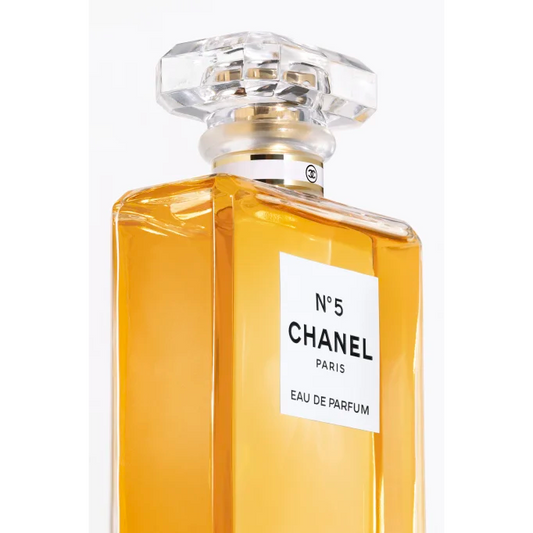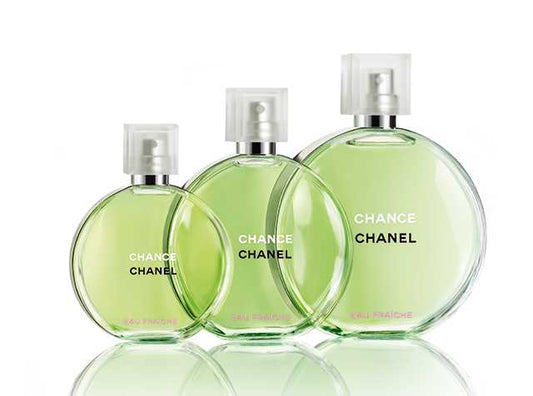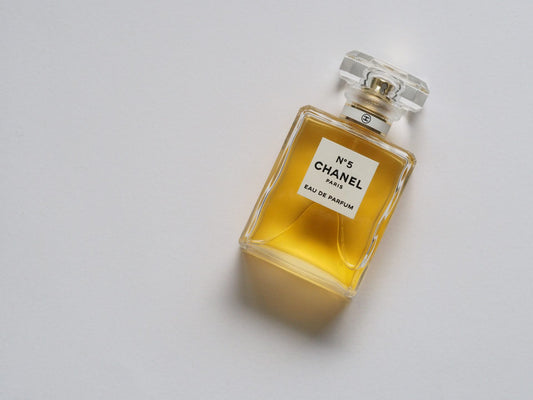
3oneseven design
3oneseven's designing necessitates the aesthetic, functional, economic and sociopolitical dimensions of the design object & design process.
About Us
milo's designing necessitates the aesthetic, functional, economic and sociopolitical dimensions of the design object & design process.
Background and Expertise
milo 3oneseven, a designer, developer, consultant & approved Shopify expert with a five-star track record in the design, setup & optimization of ecommerce shops.. With a large agency background, you can expect high-quality services at a reasonable price. 98% of clients report doubled ROI after concepting and restructuring their stores.Themes and Projects
317 offers various themes, including the milo theme. Notable projects include: Paul James Knitwear: A beautifully crafted contemporary knitwear store on Shopify PLUS. Lockenkopf: An organic store with purely organic products. Böck, FUNK Food, Naild, Lyene Beauty, and Beatriz Larrea (all eCommerce projects).Good Design Philosophy
Innovative Design: Imaginative design evolves alongside improving technology and should never be an end in itself. Arco dei Fratelli Castiglioni: A design piece worth exploring.Ecommerce Services
Bring your vision to life: Start your Shopify store with milo’s ecommerce services. Explore effective tools and hire milo to kickstart, run, and grow your business.The Name and Logo
The name and logo of 317 originate from milo’s graffiti tag. It’s drawn in the complex style of “wildstyle,” a form of graffiti that involves interlocking letters and connecting points. These pieces can be challenging to read for non-graffiti artists due to the merging letters.Contact Information
Talk to milo: +49 173 4298898 Visit: 80805 Munich, Echinger Str., GermanyFeatured collection
-
Chanel Nº 5
Vendor:ChanelRegular price From $ 80.00Regular priceUnit price $ 0.80 / per l -
Chance Chanel
Vendor:ChanelRegular price From $ 80.00Regular priceUnit price $ 0.80 / per l -
Coco Chanel
Vendor:ChanelRegular price From $ 80.00Regular priceUnit price $ 0.80 / per l -
Chanel Fragrance
Vendor:ChanelRegular price From $ 80.00Regular priceUnit price $ 0.80 / per l
1
/
of
4















